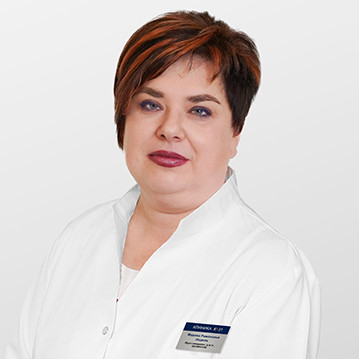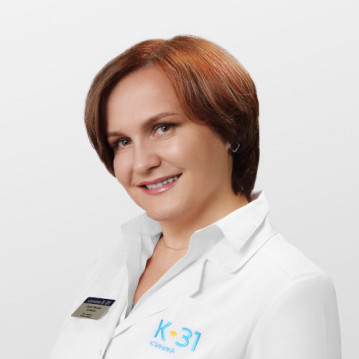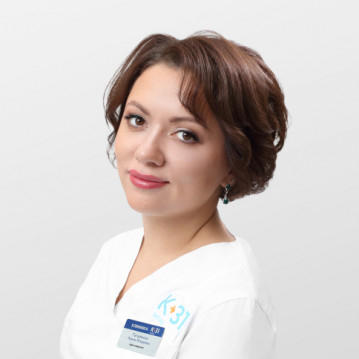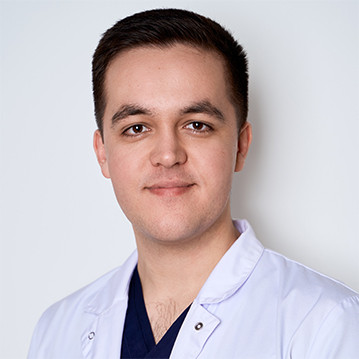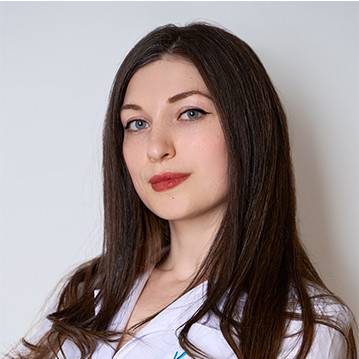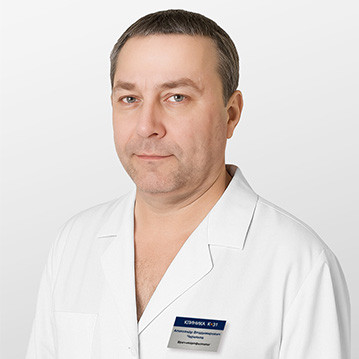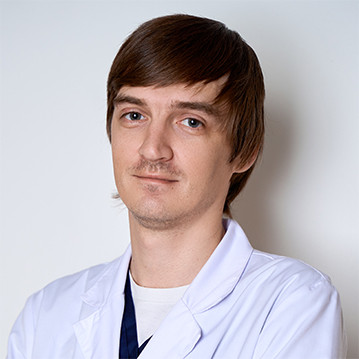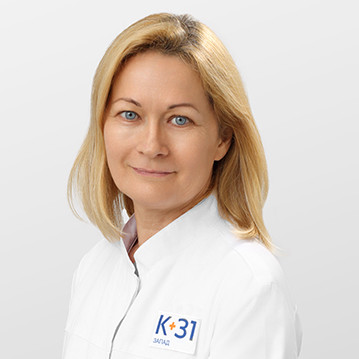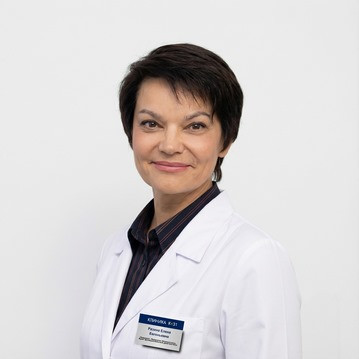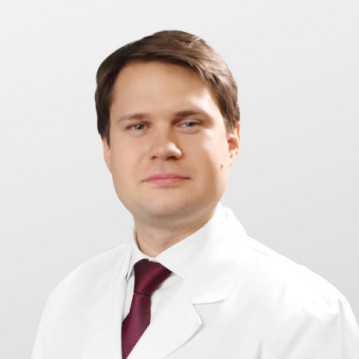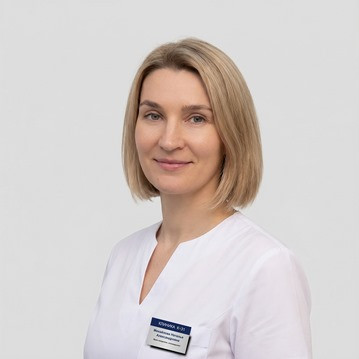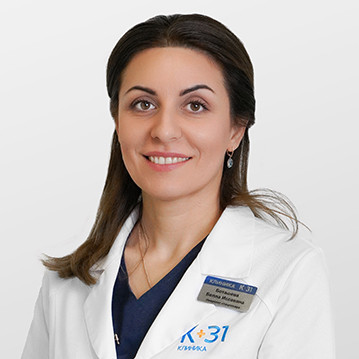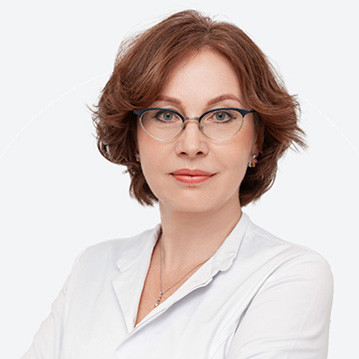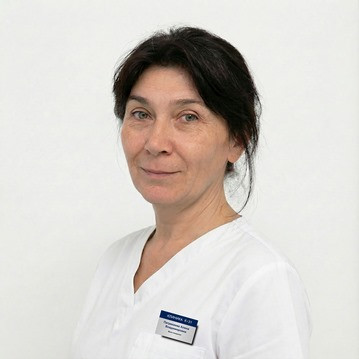How botox works
Migraine is a common disease that affects up to 30% of the world's population. At least once in a lifetime, about 25% of all women and up to 10% of men have experienced this unpleasant headache. The high prevalence has influenced the search for effective and safe agents that can help with this disease.
Botox (Onabotulinumtoxin A) stands out among them. This drug belongs to a group of neuroproteins suitable for the preventive treatment of chronic migraine. It has proven efficacy and safety. In Russia, the use of botox to combat headaches is allowed. The drug is listed as a remedy for relieving the symptoms of pain and migraine.
The action of botox in the treatment of headaches is to relax spasmodic muscles, blocking the transmission of substances responsible for activating the pain center in the brain. Once in the body, the toxin blocks the work of transport proteins that carry acetylcholine (responsible for the transmission of neuromuscular impulses to calcium channels). As a result, muscle contractions stop, pain associated with muscle spasm is eliminated.
It is important to note that a severe headache with precise localization may not be caused by a spasm in the muscles, but by a violation of the tone of the vessels that feed the brain (the exact cause is determined during diagnosis, in particular, by performing ultrasound of the vessels). In such cases, botox for migraine is an adjuvant. The main therapy remains drugs that affect the tone of the vascular wall, bringing it back to normal.
Botulinum therapy is an injection of type A botulinum toxin preparations (dysport, xeomin, botox) for the treatment of spasticity after a stroke, muscular dystonia, pain syndromes, involuntary facial muscle contractions, and perspiration disorders.
Botulinum toxin has been used in the treatment of neurological disorders for more than 20 years, and during this time it has established itself in practice as a safe and effective remedy.
"Mysterious molecule of the century" - this is how the world neurological community called botulinum toxin in 2000.
The neurologists of our center perform injections of botulinum toxin preparations under the control of electromyography, that is, using an electroneuromyograph to analyze the accuracy of the injection needle insertion. This makes it possible to determine the target muscles for botulinum toxin injections, which contributes to an increase in the therapeutic effect.
When administered locally in therapeutic doses, botulinum toxin does not penetrate the blood-brain barrier and does not cause significant systemic effects. In terms of human health effects, botulinum toxin injections are much less harmful than most pills.
The practice of botulinum therapy has existed for decades. During this time, millions of people around the world have received treatment. Therefore, we can say with confidence that of all the drugs used for the treatment of dystonia and spasticity, botulinum toxin preparations implement the main principle - do no harm to the patient.
Depending on the disease, the effect of botulinum toxin begins to manifest itself within 2-3 days after administration and reaches its peak after 7-12 days. Duration of effect: from 4 months to a year. More than 90% of patients are satisfied with the result.
